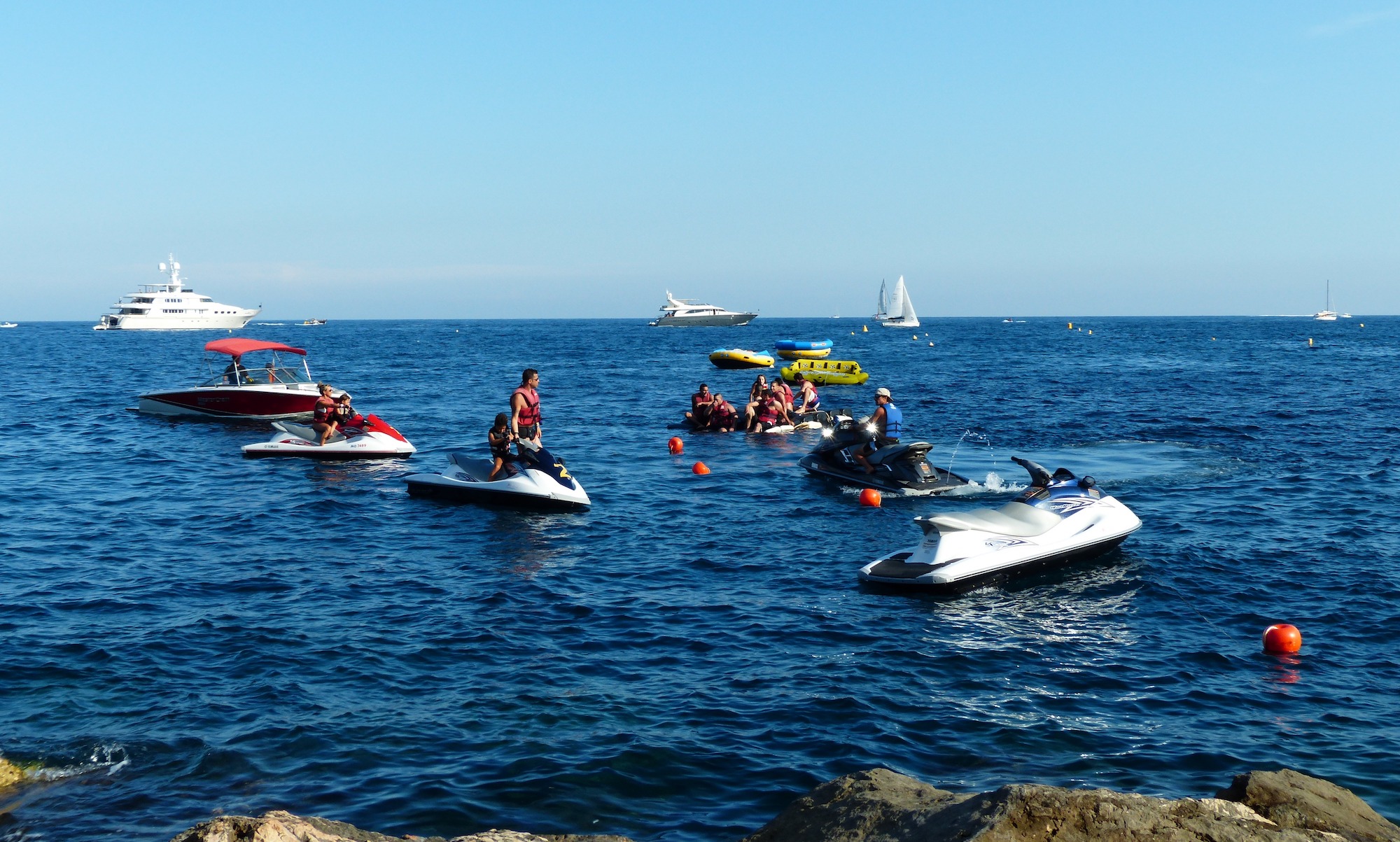Personal Watercraft Injuries | PWC Accident Attorneys
A trend of increasing number and severity of injuries associated with use of personal watercraft (PWC) has been noted as the use and popularity of PWC also rises. Statistics compiled and distributed by the United States Coast Guard continue to establish that the rate of injuries secondary to PWC use is significantly greater than that from other water sports. Reported injuries run the gamut from closed head trauma, facial fractures, and spinal injuries, to internal organ injuries, severe lacerations, and hydrostatic injuries (a/k/a internal orifice injuries).
PWC Internal Orifice Injuries
One particularly serious type of PWC Injury occurs when a rider falls off the back of the watercraft and into the path of the high-pressure water jet. The jet thrust is powerful enough to force water into the rider’s orifices, which can result in severe internal injuries to the rider’s vagina, anus or rectum, or even death.
Whereas PWC injuries to other parts of the body can inevitably be attributed to operator inexperience, negligence and/or reckless behavior, the same cannot be said about PWC Orifice Injuries. Indeed, PWC Orifice Injuries can and do occur, in the absence of negligence or human error, upon materialization of the following circumstances: 1) passenger falls off back of PWC, 2) passenger lands in water in close proximity to PWC’s jet nozzle, and 3) passenger’s legs are abducted upon landing in water. All three circumstances occur every day, on lakes and waterways all across America. That they all three not occur simultaneously, should not be left up to chance.
Through our extensive experience gained over the years, Mazzola Law Firm’s products liability lawyers have developed a team of preeminent experts in the areas of PWC design and manufacturing, as well as warnings and human factors analysis. And we have an extensive library of authoritative texts, periodicals and articles concerning these industry-related issues. Our personal watercraft accident attorneys have successfully cross-examined the defense experts most frequently retained by PWC manufacturers, and have created a library of prior deposition and trial testimony that enables us to effectively neutralize and often capitalize on their opinions.
Texas Product Liability Lawyers | Mazzola Law Firm, PLLC
If you have sustained personal watercraft internal orifice injuries and want to learn more about your legal rights, contact Mazzola Law Firm for a free consultation and case evaluation. We look forward to meeting with you in our Beaumont, Texas office, or at a location of your choosing. For those interested, we also offer telephone and Skype consultations.

